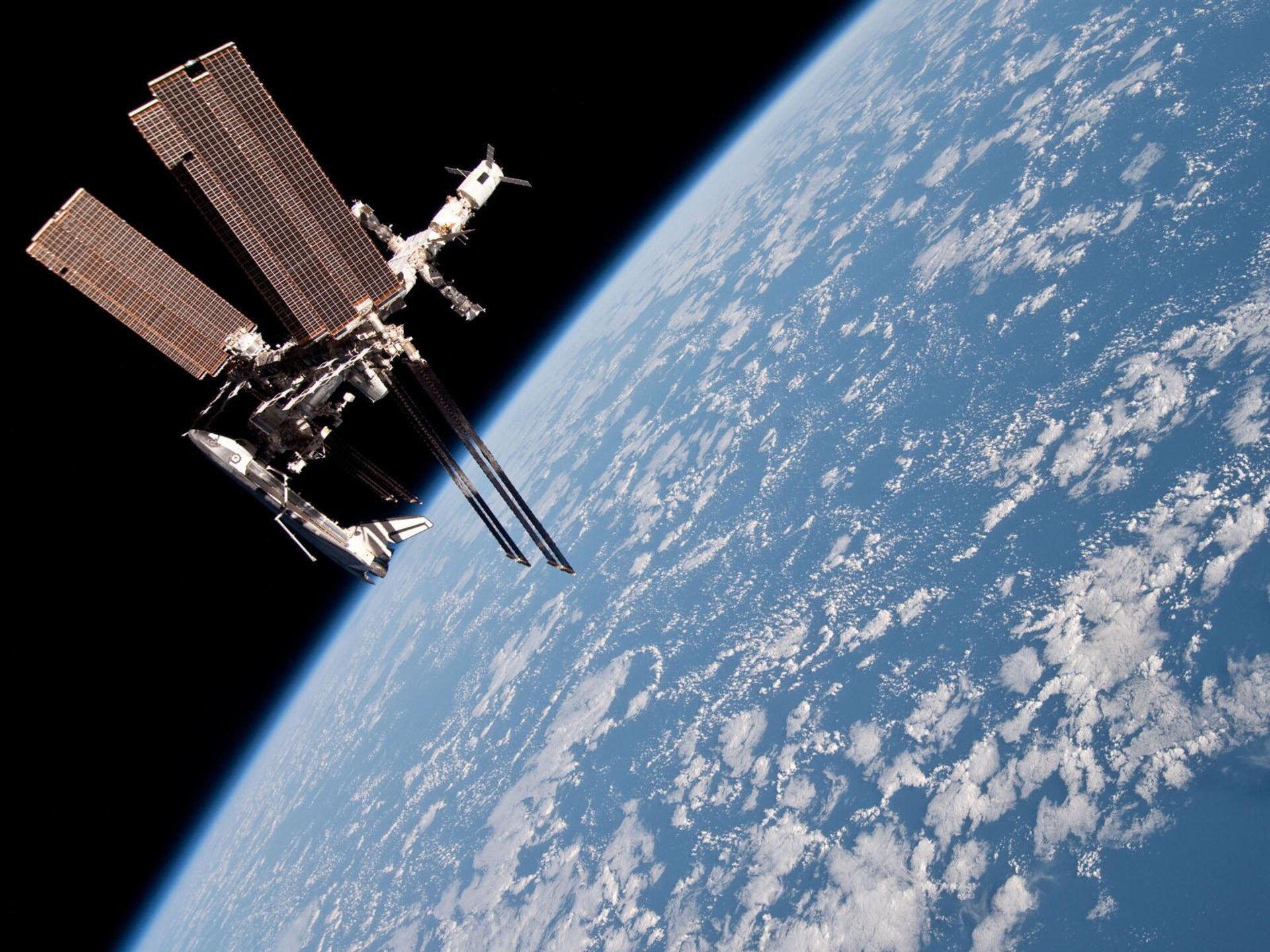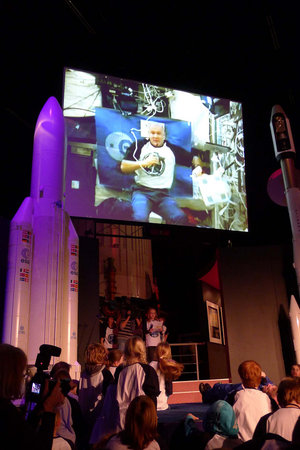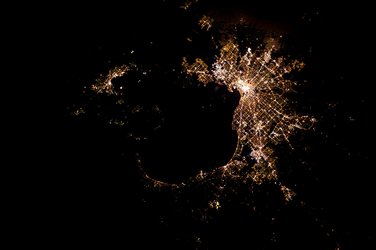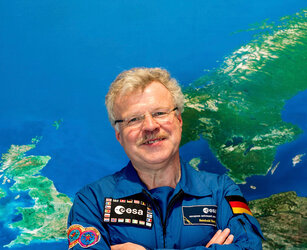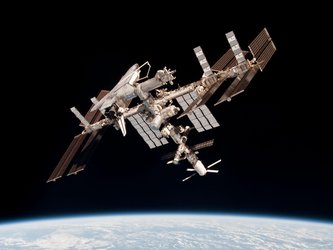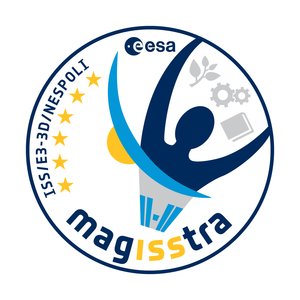Earth, this is Space Station, do you hear me?
Are you following André Kuipers' mission through his blog, Twitter or Flickr? Astronauts are sharing the privilege of being in space with the people back at home via social media. Communication with space stations has not always been so easy.
Keeping in touch with Earth is important for crew morale. Astronauts can be in space for six months or more and they are keen to know what is happening with their families and communities.
Astronauts on the first space stations relied on standard radio technology to talk to colleagues on Earth. This technique is tried and tested but has a significant drawback: a space station needs to be within direct view of a receiver station on Earth to be able to receive and send signals.

Cosmonauts on Russia’s Salyut and Mir space stations were sometimes cut off for nine hours a day from all communication. There were ground stations and radio ships to receive and relay transmissions, but there were not enough of them to be able to pick up signals at all times.
The first cosmonauts received only recorded messages from their families. They would record their reply to be played back later on Earth.
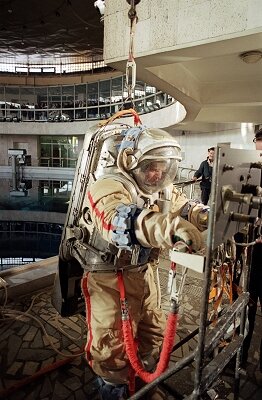
At the time of ESA astronaut Reinhold Ewald’s mission to the Mir station in 1997, speaking with family was possible but only if they travelled to ESA’s ground control station in Oberpfaffenhofen, Germany.
Contact was only possible when Mir flew directly overhead, offering 10 minutes’ conversation at best.
Static and broken connections were common, Reinhold remembers: “You crossed fingers and hoped that it would work.
“We did not have the same level of comfort that the astronauts on the International Space Station enjoy today. They can pick up the phone or email whenever they have the time.”

Today, astronauts on the Space Station have access to email and social media. ESA astronaut Paolo Nespoli sent beautiful pictures to followers on Earth – a trend continued by his colleague André Kuipers.
Luckily, astronauts are protected from receiving spam. Only email from designated people is delivered to the Station. Family members regularly make video calls to keep in touch.
The ‘marsonauts’ on ESA’s simulated mission to Mars learnt to cope with the same isolation experienced by the first people to stay in space for long periods. It would take 12 minutes for signals from Earth to reach a spacecraft near Mars.
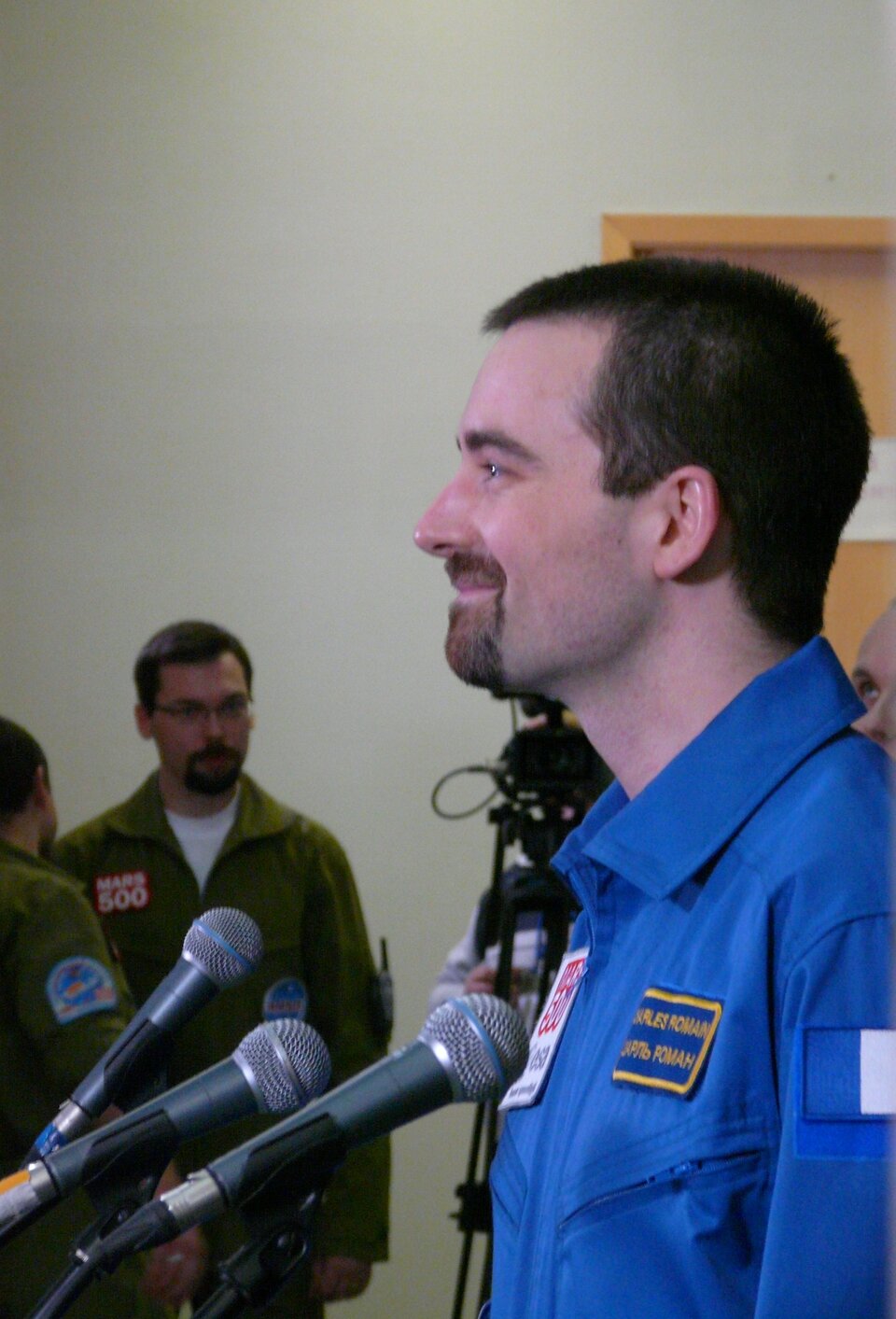
At the end of their 520-day isolation, the Mars500 crewmembers were treated to a direct talk with family. Diego Urbina remembers how important that call was: “Hearing people talk live means a lot. It is the best gift you can get.”
It is easy to forget the speed of progress. Marsonaut Romain Charles’ grandparents reminded him during his isolation that 60 years ago it took weeks to communicate with distant relatives via traditional postal mail. “This observation put the 12-minute communications delay into perspective for me,” says Romain.


